

Cable trays are essential for managing and supporting electrical and data cables in commercial and industrial environments. These systems are designed to offer strength, easy installation, and long-term reliability across various applications.
Our cable tray systems support efficient and safe cable routing while improving the overall organization of electrical installations. They are built to handle the evolving requirements of infrastructure across multiple sectors.
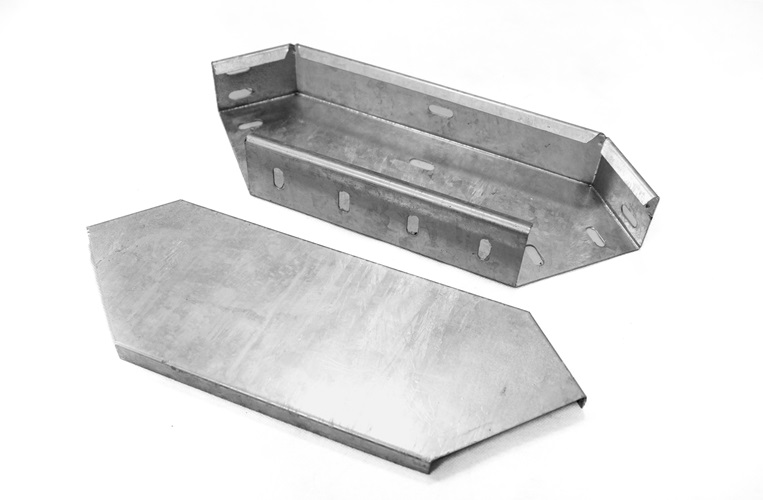
Key features and considerations regarding the 90-degree bends in cable trays include:
Overall, Cable trays with 90-degree bends exemplify precision engineering and functionality in managing electrical and data cables. They contribute to the reliability, efficiency, and organization of wiring systems, ensuring seamless operation and maintenance in diverse industrial and commercial environments.
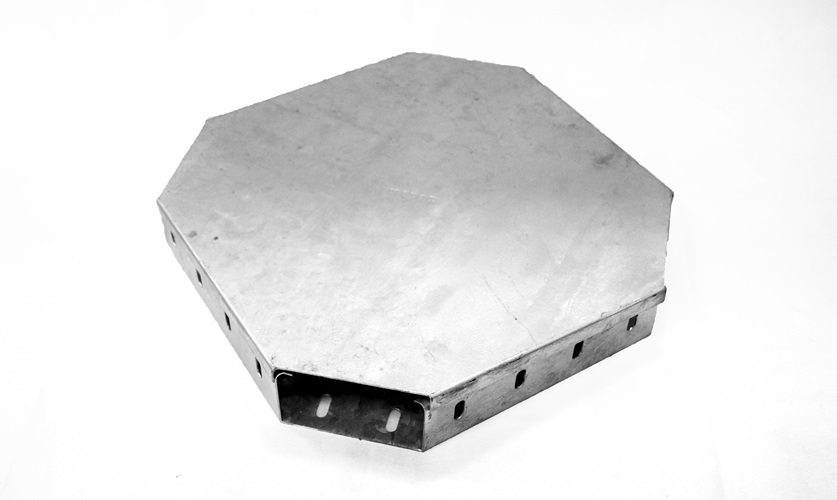
Here are the key aspects and functionalities of a cross in cable trays:
In summary, a cross in cable trays exemplifies precision engineering and functionality in managing the intersection of cables within electrical and data infrastructure. It contributes to efficient cable routing, organization, and space optimization while adhering to stringent safety and operational standards in diverse industrial and commercial environments.
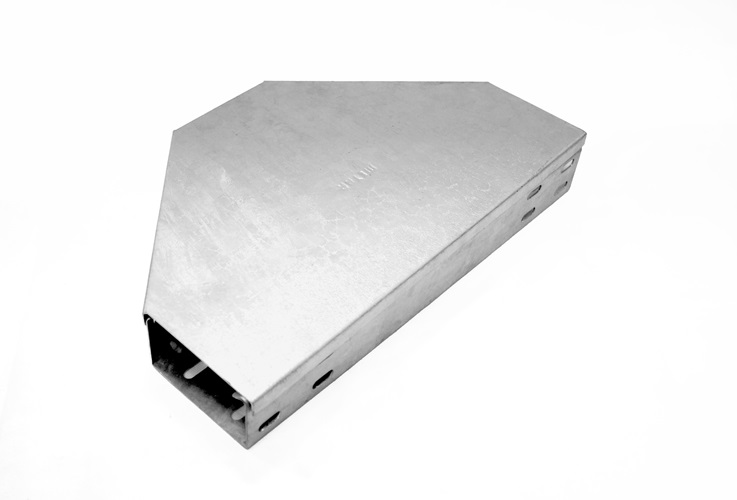
Here are the key features and functionalities of the Tee for cable trays:
In summary, Tee for cable trays exemplifies functionality, durability, and efficiency in managing cable distribution and branching within electrical and data infrastructure. It plays a critical role in optimizing space, maintaining organization, and ensuring reliable cable management in diverse industrial and commercial environments.
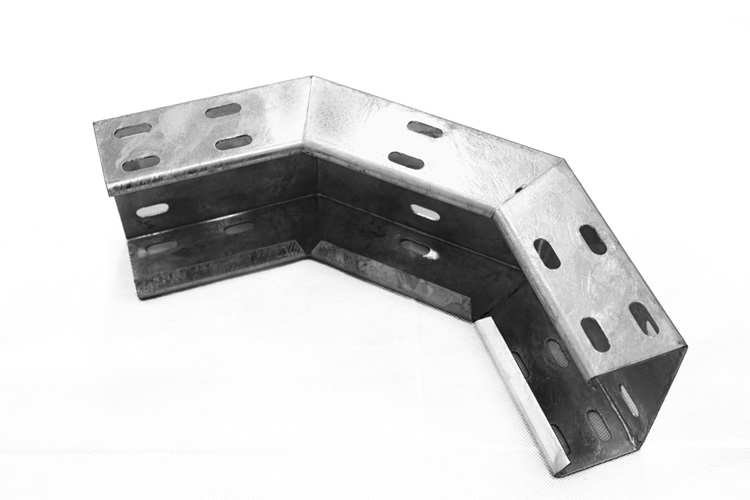
Here are the key features and functionalities of the Riser in METAR Brand cable trays:
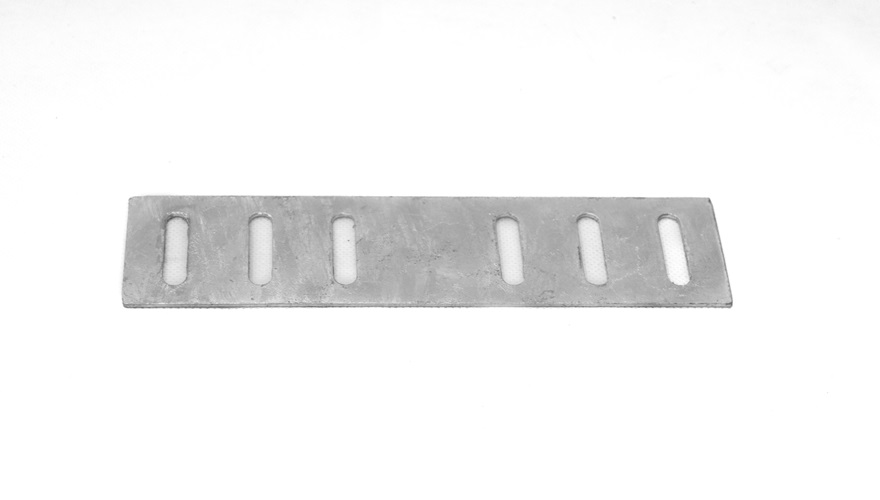
Here are the key features and functionalities of couplers in cable trays:
In summary, couplers in cable trays exemplify functionality, durability, and efficiency in extending and connecting cable tray sections within electrical and data infrastructure. They play a critical role in maintaining seamless cable routing, organization, and structural integrity, contributing to optimized space utilization and reliable cable management in diverse industrial and commercial environments.

Here are the key features and functionalities of Reducers in cable trays:
In summary, Reducers in our cable trays exemplify functionality, durability, and efficiency in adapting cable tray sizes and capacities within electrical and data infrastructure. They play a critical role in maintaining seamless cable routing, organization, and structural integrity, contributing to optimized space utilization and reliable cable management in diverse industrial and commercial environments.

Here are the key features and functionalities of the METAR Brand cable tray cover:
Our cable tray cover is designed to deliver reliable protection and organized cable management within electrical and data infrastructure. It helps prevent cable damage, supports easier maintenance and inspections, and enhances overall system safety and performance across a wide range of commercial and industrial environments.
ANSWERS TO COMMON QUESTIONS
Cable trays are commonly made from:
When choosing a cable tray, consider:
Installation typically involves:
Can cable trays be used outdoors?
Maintenance involves:
Yes, cable trays can be used for both power and data cables, but it’s crucial to maintain proper separation to avoid interference, following applicable standards and regulations.
1209, IT Plaza,
Dubai Silicon Oasis, Dubai, UAE